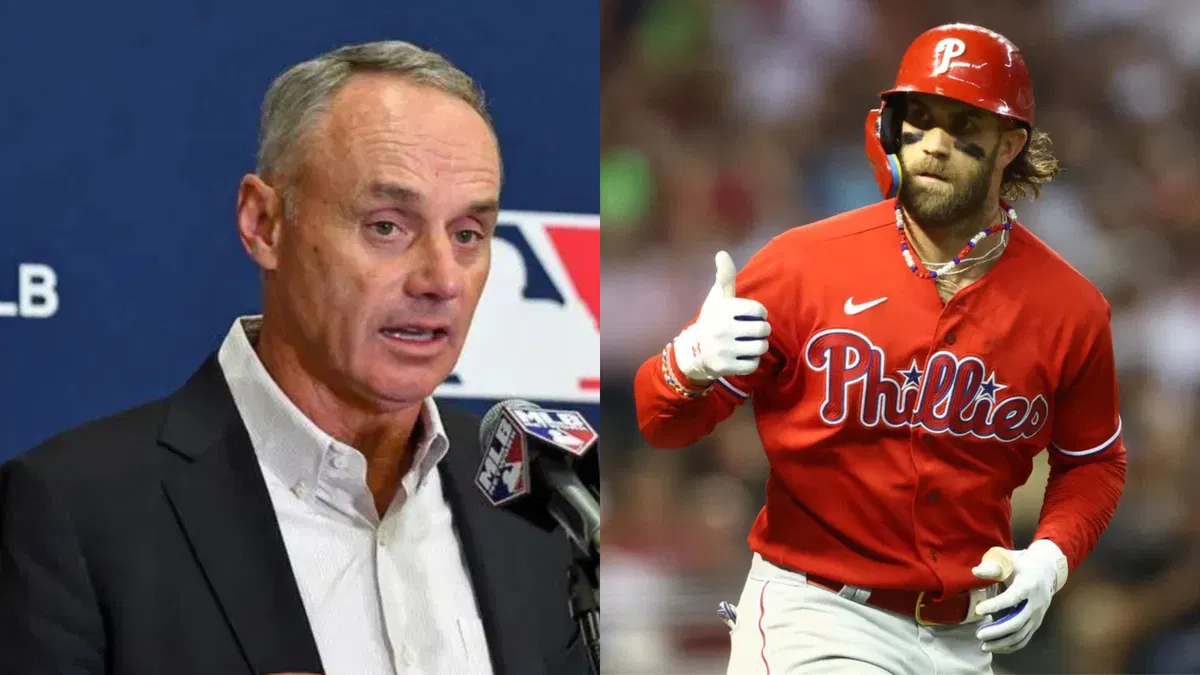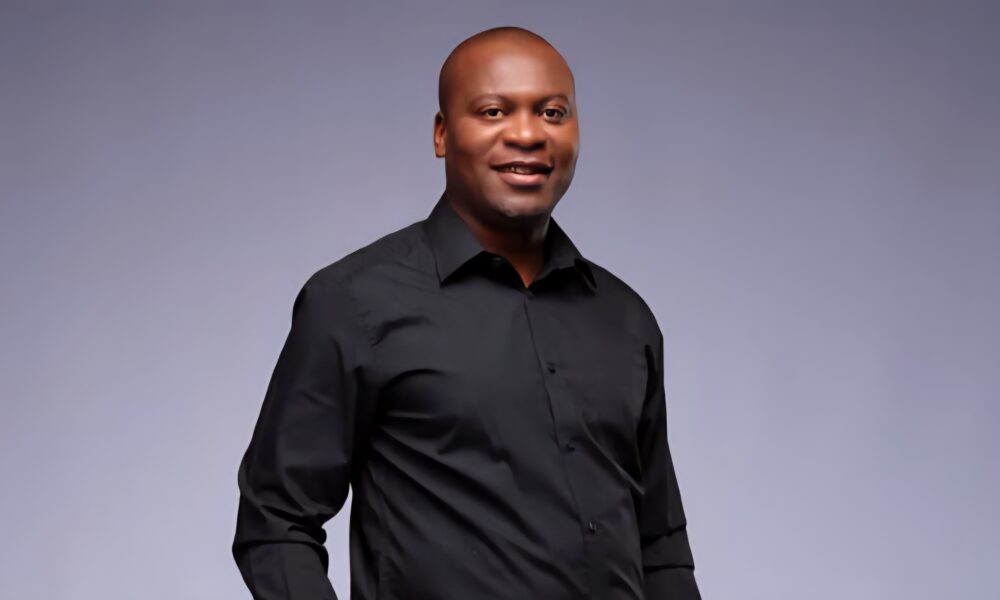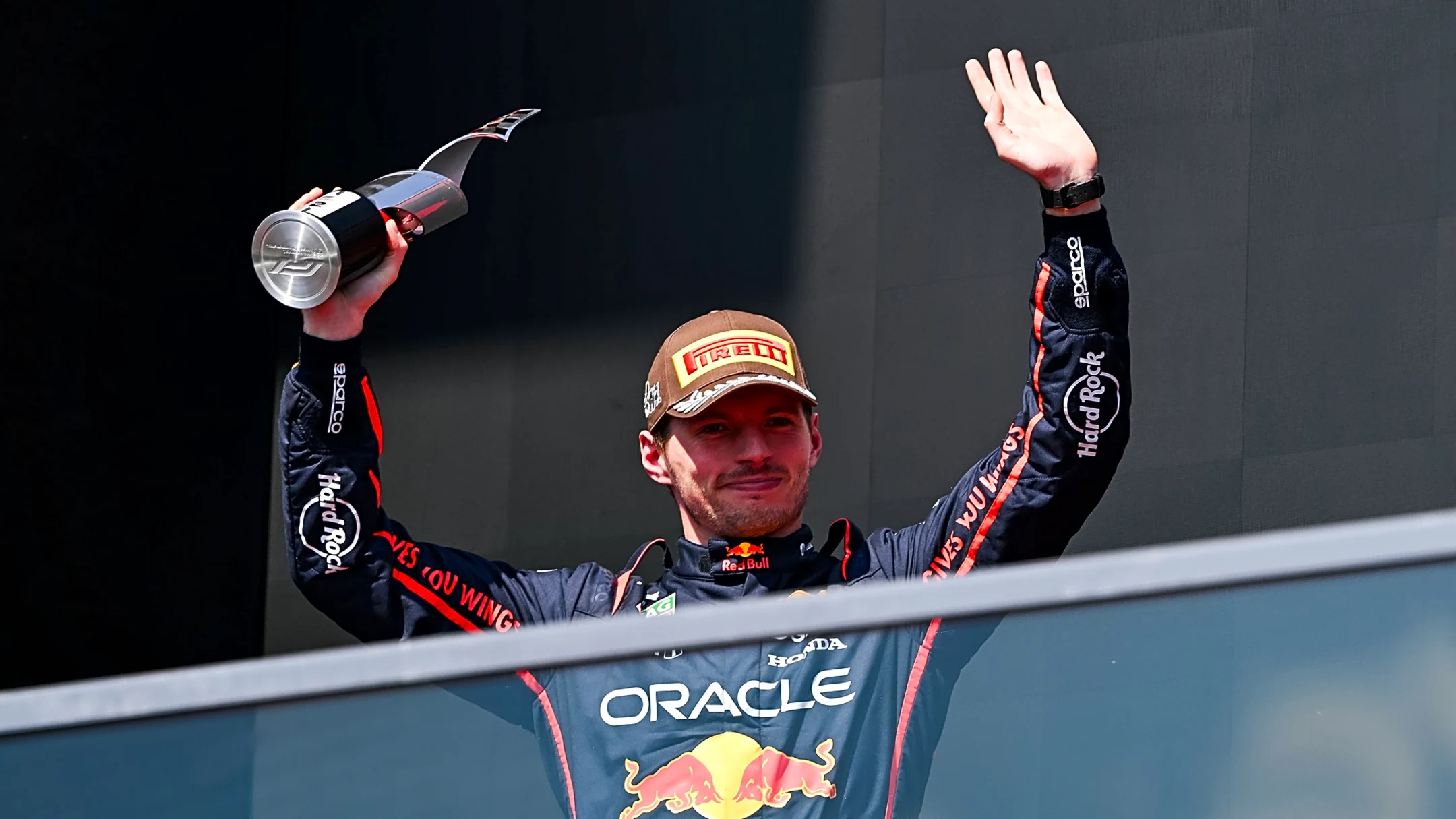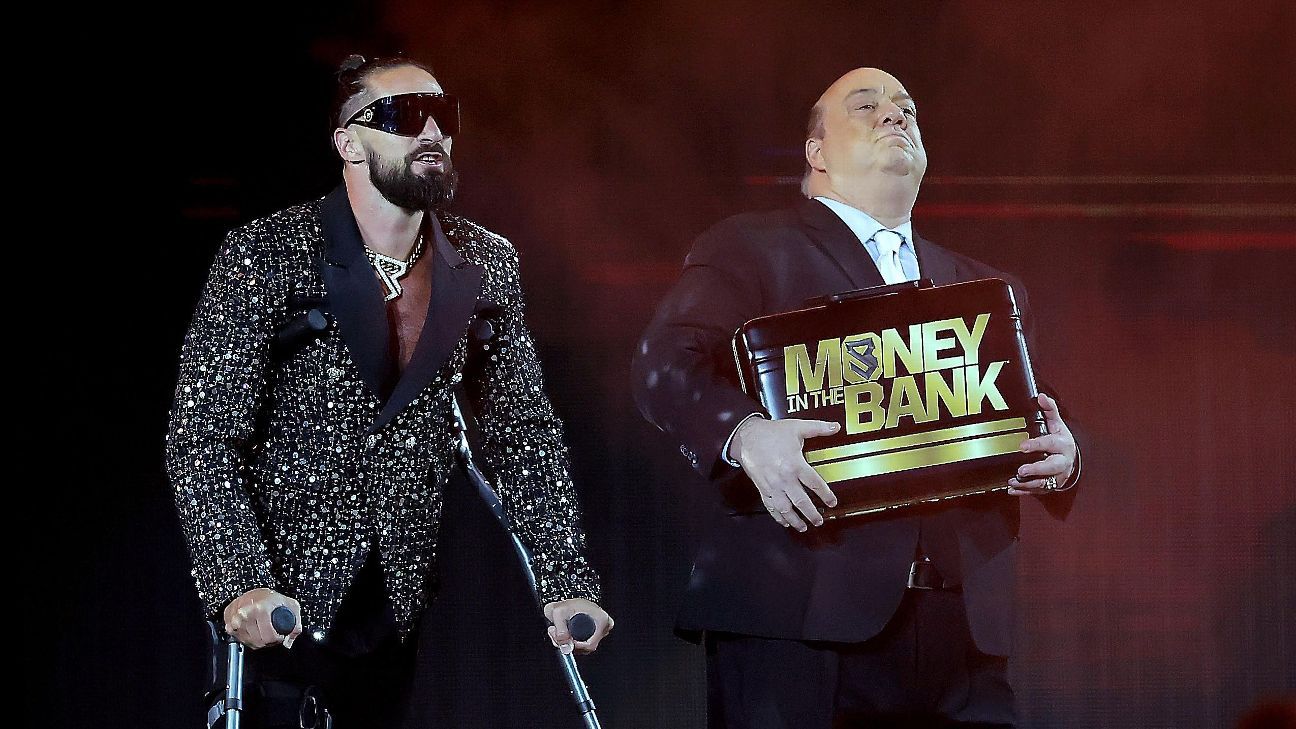
The idea of a salary cap has been the ultimate third rail between players and owners for decades. And the issue was so toxic that it led to the 1994 players’ strike and canceled the World Series for the first time ever. Since then, the topic has remained largely untouched, though the league wanted to implement it. But with the current collective bargaining agreement about to expire around Dec. 1, 2026, the old battle is heating up once again.
And during a recent clubhouse visit this summer, Commissioner Rob Manfred began discussing the league’s economics in Philadelphia. And when his words were seen as a clear push for a salary cap, superstar Bryce Harper confronted Manfred, saying the players “are not scared to lose 162 games” and that if he wanted to talk about a cap, he could “get the f— out of our clubhouse.” It was a moment that perfectly captured the union and players’ historic stance.
But behind that, a quiet trend is emerging. While superstars like Harper defend the current system, a new generation of players is starting to see things differently. According to a recent report from ESPN’s Jeff Passan, this shift is very real. “Most of my younger guys want a cap,” one agent with more than a dozen major league players as clients told Passan. “They see it in the other sports. It’s normalized to them. And they think for everything they could get in bargaining — especially more money earlier in careers or earlier free agency — it would be worth it.”
ADVERTISEMENT
Article continues below this ad
For a generation that grew up watching the NFL and NBA, a capped system is just how professional sports leagues are expected to operate in the modern era. And the biggest prize they would seek is earlier free agency. And a cap could open the door for players to hit the open market after four or five years instead of six. As Passan wrote, “Multiple agents agree that there are plausible scenarios in which players would benefit in the short and long term from a cap. Acceding to one could allow the players to negotiate earlier free agency, for example, which the league would never consider otherwise.”
ADVERTISEMENT
Article continues below this ad
Not just the agents and the younger crop of players, the owners and the fans, too, seem to be in the pro-salary cap category.
Fans and owners voice their agreement on a salary cap in MLB
“How do we compete?” one mid-sized market team president asked. “It feels like the game is rigged.” And when the Dodgers acquired Tanner Scott in mid-January, over 67% of fans said they wanted a salary cap in a MLB Trade Rumors poll, and more shockingly, 50.2% of respondents said they would be willing to lose the 2027 season to get one, even if they have to.
And considering the Dodgers’ projected 2025 payroll and luxury tax bill totals of $508.3 million, which was nearly equal to the combined payrolls of the game’s six teams—the Marlins, Oakland, the Rays, the Chicago White Sox, the Pirates, and Guardians, it wasn’t tough to understand why the Yankees owner Hal Steinbrenner said “It’s difficult for most of us owners to be able to do the kinds of things they’re doing.”
For a significant number of owners, the main motivation for a salary cap is to increase their franchise values, as the value of MLB teams has reportedly plateaued compared to teams in the capped NFL and NBA in recent years.
And the union can point to plenty of evidence that money doesn’t guarantee a title, and teams like the 2023 Mets and Yankees are proof. Meanwhile, the Milwaukee Brewers currently have one of the best records in baseball with just the 21st-highest payroll. And even small-market Tampa Bay Rays and Cleveland Guardians have also made deep playoff runs recently with bottom-line payrolls.
ADVERTISEMENT
Article continues below this ad
And about the earlier free agency of the rookie players, the union can argue why can’t it happen in the present uncapped system, and they even point out that players initially received 64%( 1994) of league revenue, but that number has since dropped to 48%(now) in the NFL. The same happened in the NBA and the NHL, both started at 57% and now stand at 51% in basketball and 50% in hockey. As one MLBPA official warned, “Once you’re in a capped system, you never get out. Whatever that special introductory offer is, once they have you, they know you’ve lost.”
So, the stage is set for a conflict that will define the sport for a generation, and a compromise could reshape the sport for years to come.



